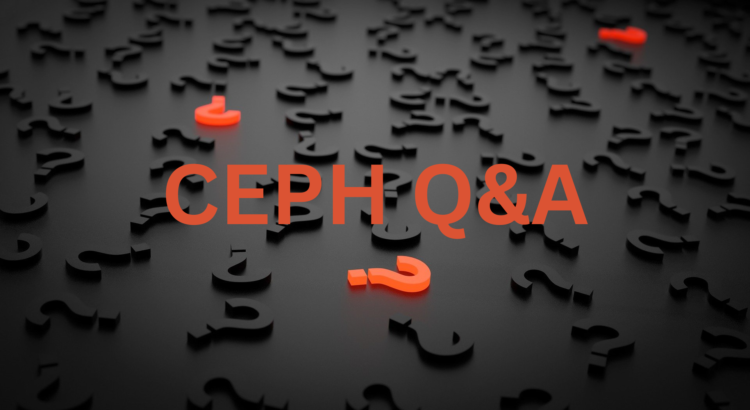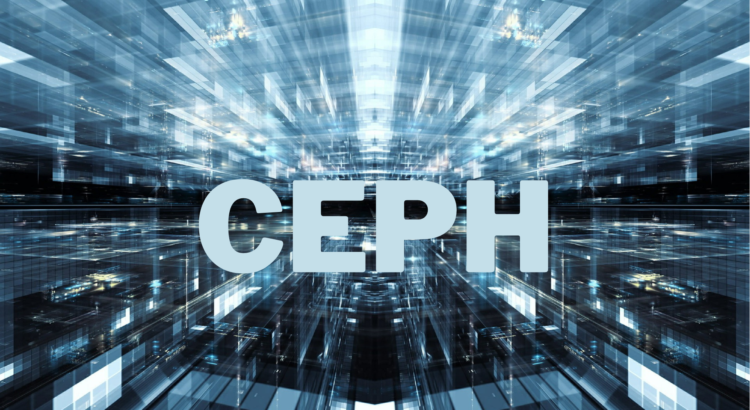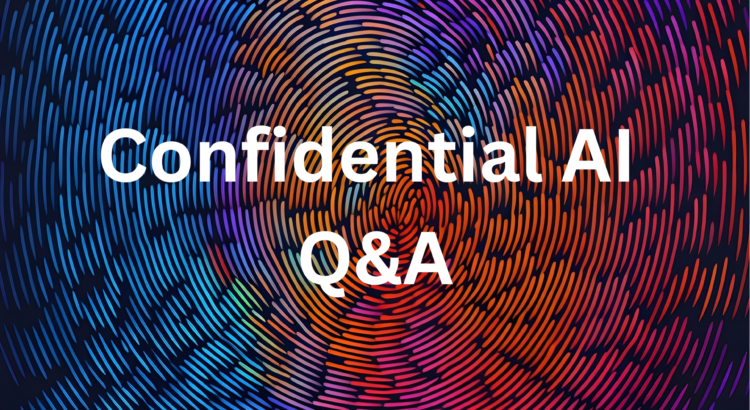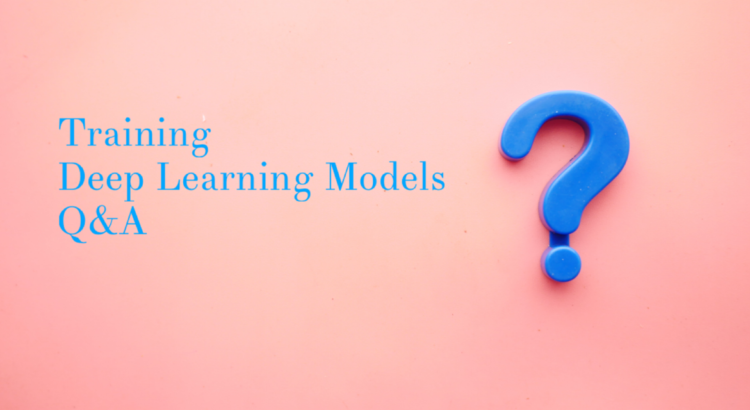In a little over a month, more than 1,500 people have viewed the SNIA Cloud Storage Technologies Initiative (CSTI) live webinar, “Ceph: The Linux of Storage Today,” with SNIA experts Vincent Hsu and Tushar Gohad. If you missed it, you can watch it on-demand at the SNIA Educational Library. The live audience was extremely engaged with our presenters, asking several interesting questions. As promised, Vincent and Tushar have answered them here.
Given the high level of this interest in this topic, the CSTI is planning additional sessions on Ceph. Please follow us @SNIACloud or at SNIA LinkedIn for dates.
Q: How many snapshots can Ceph support per cluster? Q: Does Ceph provide Deduplication? If so, is it across objects, file and block storage?
A: There is no per-cluster limit. In the Ceph filesystem (cephfs) it is possible to create snapshots on a per-path basis, and currently the configurable default limit is 100 snapshots per path. The Ceph block storage (rbd) does not impose limits on the number of snapshots. However, when using the native Linux kernel rbd client there is a limit of 510 snapshots per image. Read More





